UX Engineering for Industry 4.0: Elevating the Plant Floor Experience
Published on Sunday, December 4, 2016
Last updated Wednesday, October 25, 2023
5 min read
This UX portfolio piece explores the unique challenges and solutions in designing for Industry 4.0 manufacturing systems. Through a human-centered approach, the case study identifies key usability issues such as high cognitive load, navigation difficulties, and lack of UI standardization on the plant floor. It outlines the research, design, and testing phases that led to a more intuitive and unified user interface, ultimately improving operational efficiency and user satisfaction. The project serves as a compelling example of how thoughtful UX design can transform complex industrial systems into user-friendly platforms.
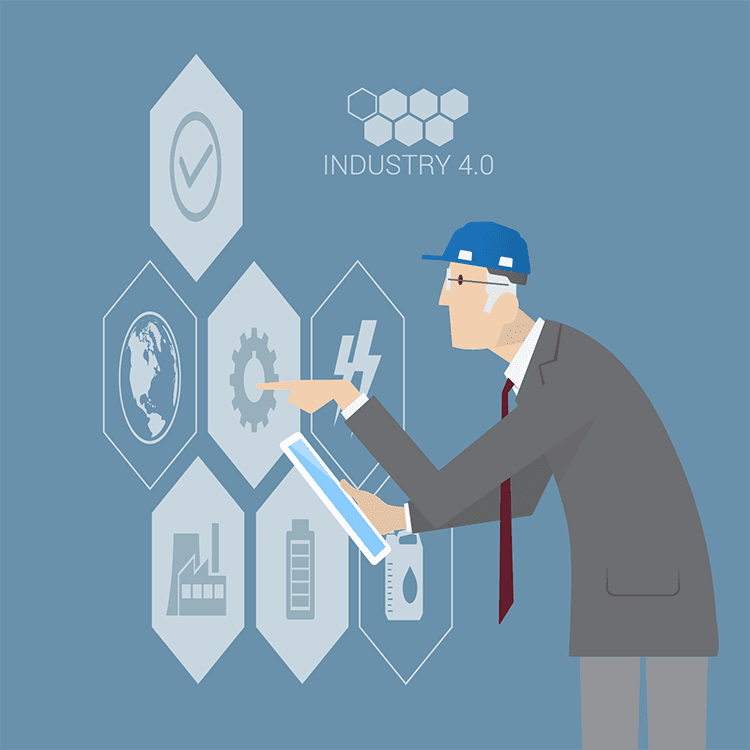
Introduction
In the era of Industry 4.0, the manufacturing sector is undergoing a profound transformation powered by advancements in automation, data analytics, and the Internet of Things (IoT). While these developments have the potential to revolutionize production processes, they also bring about new complexities that can hamper usability and learnability for the operators and staff on the plant floor.
This case study aims to shed light on the unique UX challenges posed by Industry 4.0 and showcase the design interventions that were implemented to enhance user experience and operational efficiency.
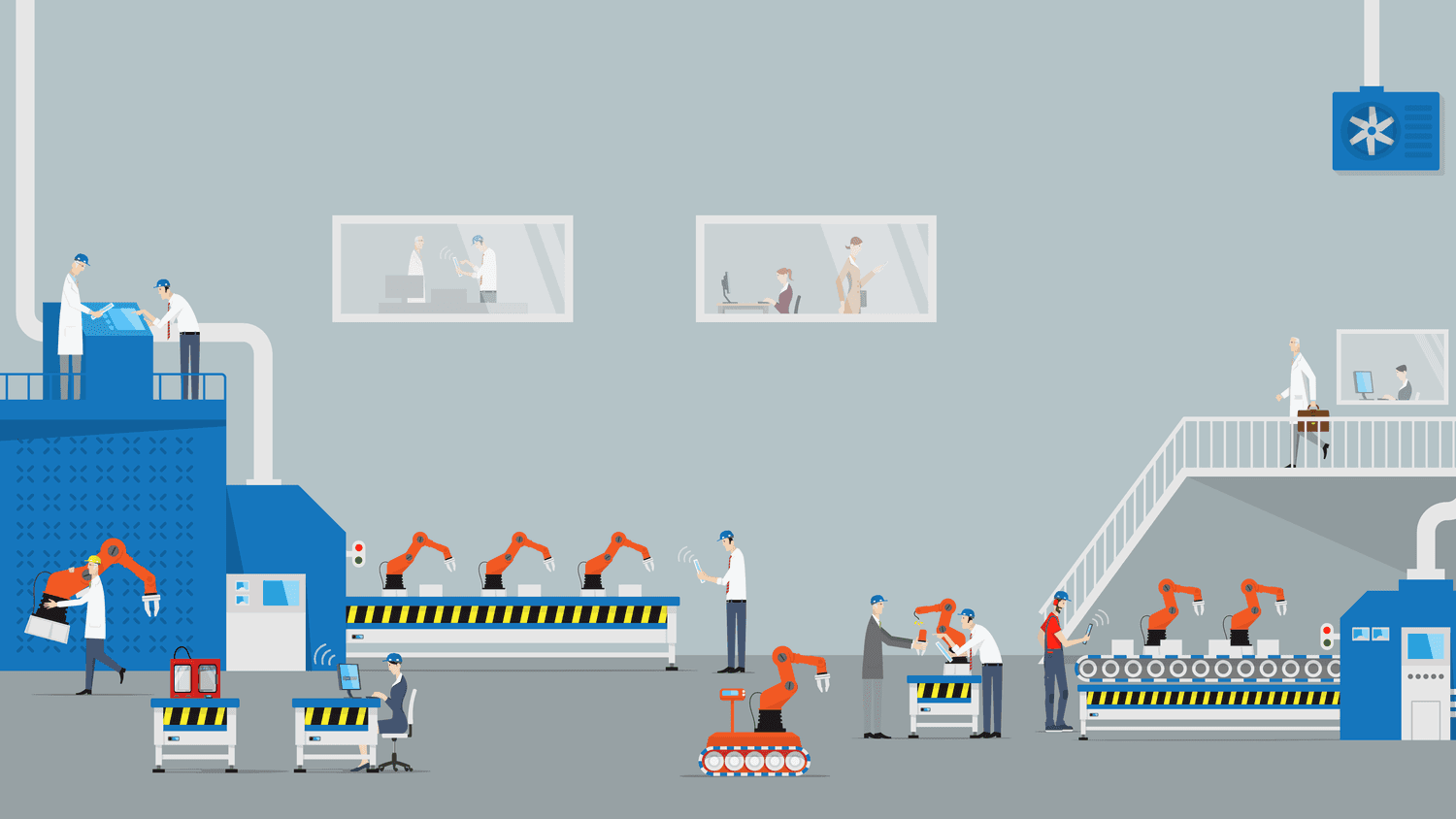
The Challenge: Unpacking Usability Issues in Advanced Manufacturing Systems
Problem Landscape
As Industry 4.0 systems integrate more functionalities—from real-time analytics to machine learning algorithms—their interfaces become hubs of increasing complexity. This escalating complexity manifests in several usability issues:
- Cognitive Load: Systems laden with intricate controls and dense information layouts put an unnecessary burden on the cognitive faculties of the users. They have to sift through irrelevant data to get to what they need, which is not just time-consuming but also error-prone.
- Navigation Complexity: Many of the existing systems had labyrinthine menu structures that confused users. Finding a specific function could involve navigating through multiple layers of menus, further compounding the cognitive load.
- Lack of Standardization: Operators often had to interact with multiple systems, each with its unique interface. This inconsistency forced the users to switch between different mental models, increasing the risk of errors.
Stakeholder Insights
Operators and floor managers were particularly vocal about how these issues were not just minor inconveniences but were affecting key performance indicators (KPIs) like operational downtime and error rates. Upper management was concerned about how these user experience flaws could potentially hamper scalability and overall productivity.
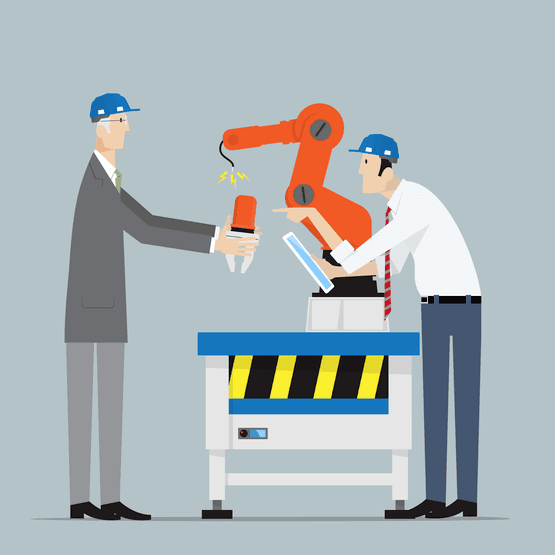
Approach: A Deep Dive into Human-Centered Design
Comprehensive User Research
The project kicked off with an exhaustive user research phase. This involved:
- Interviews: One-on-one interviews with plant operators, supervisors, and other stakeholders to understand their pain points, needs, and workflows.
- Surveys: Distributed surveys to a broader audience to validate the qualitative data gathered from interviews.
- Contextual Inquiry: Observations were made during live operations to understand the actual interaction between operators and systems, capturing details often missed in interviews.
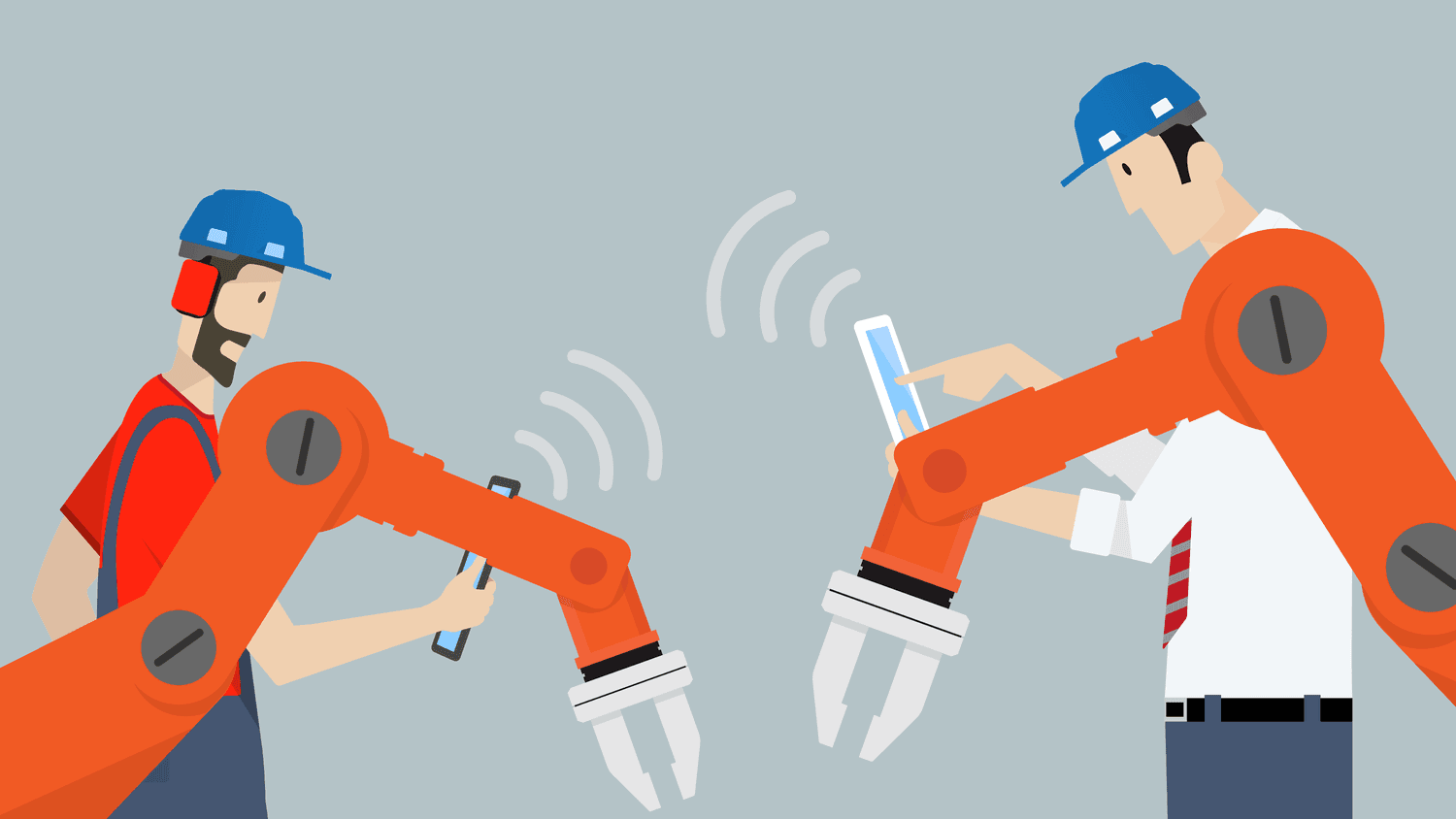
Iterative Conceptual Design
The insights from the research phase were synthesized into actionable design guidelines. Several design sprints led to the development of wireframes and low-fidelity prototypes. These conceptual designs went through multiple iterations based on stakeholder feedback and were refined continuously.
Rigorous Usability Testing
We didn't just rely on subjective feedback; empirical data was gathered through rigorous usability testing. This included:
- Task Analysis: Users were asked to complete specific tasks while their interactions were recorded and analyzed.
- A/B Testing: Different design elements were tested to determine which performed better in terms of usability metrics like task completion time and error rate.
Solution: Crafting a User-Focused Interface for Complex Systems
Detailed Design Decisions
The final interface was a product of meticulous design thinking:
- Simplified Navigation: A tabbed layout was implemented to categorize functions logically, making it easier to find what one is looking for. A breadcrumb trail was also included for users to track their navigation easily.
- Real-time Feedback: A centralized dashboard was designed to provide real-time analytics, making it easier for operators to make quick, data-driven decisions.
- Standardized UI Elements: Common actions across different systems were standardized through reusable UI components, making it easier for users to interact with different systems without having to relearn interfaces.
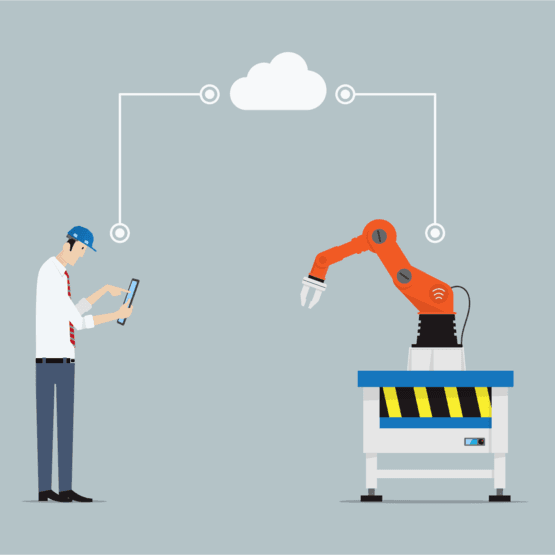
Technical Stack and Implementation
The UI was built using React for its component-based architecture, facilitating the creation of reusable UI elements. Accessibility was a key focus, and ARIA (Accessible Rich Internet Applications) guidelines were followed to make the interface accessible to as many users as possible.
Impact: A More Efficient and User-Friendly Experience
Metrics and Feedback
Post-launch analytics indicated significant improvements in user engagement and efficiency:
- Reduced Error Rates: Human errors decreased by 30%, attributed to the simplified UI.
- Increased Efficiency: Task completion times were reduced by an average of 15%.
- Enhanced User Satisfaction: User surveys post-implementation showed a 40% increase in overall system satisfaction.
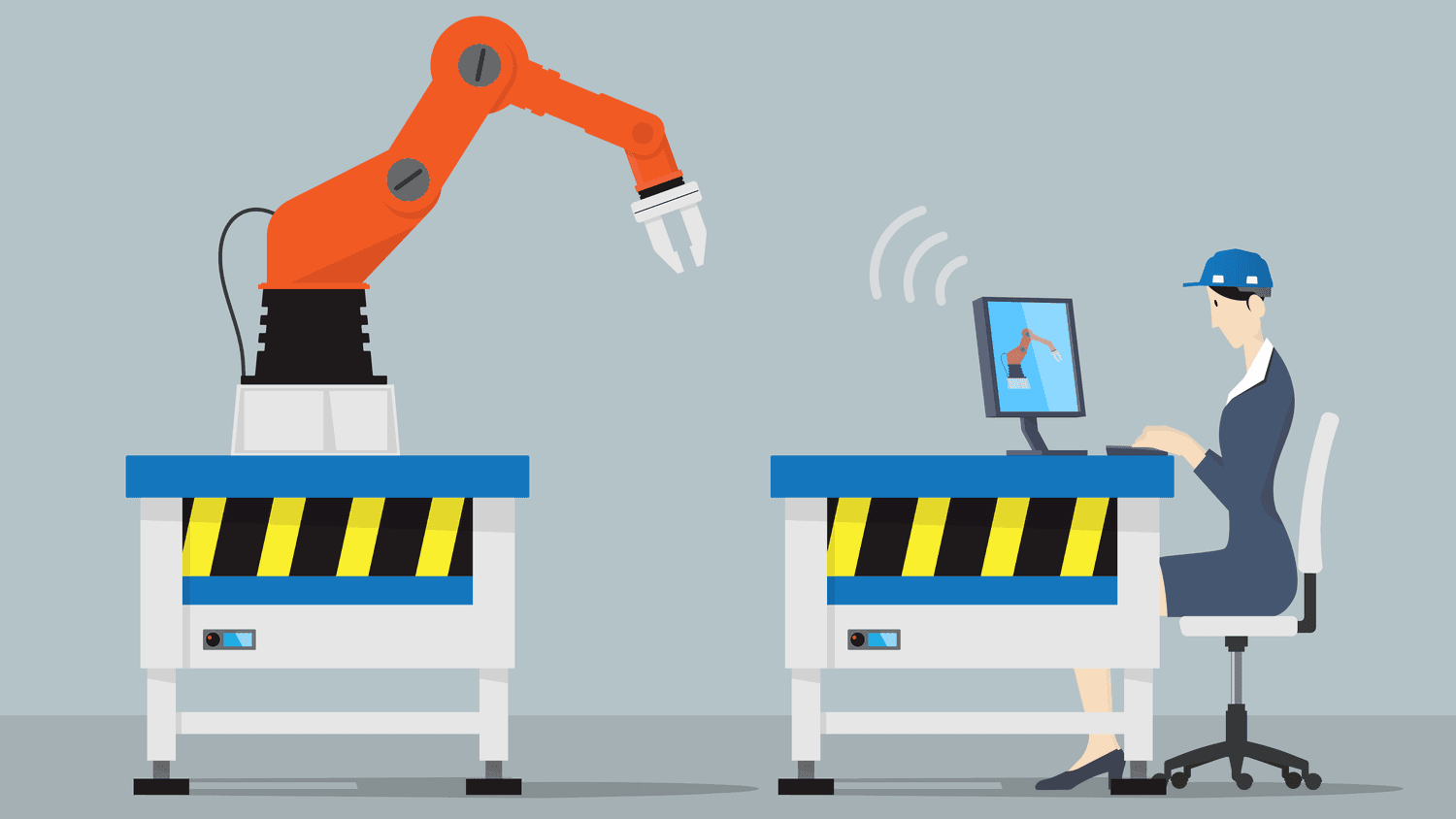
Conclusion
This case study serves as a testament to the transformative power of UX design in industrial settings. By employing a human-centered approach, we were able to deconstruct and tackle the complexity inherent in Industry 4.0 systems. The result was a solution that not only met operational demands but significantly elevated the daily experiences of those who interact with these systems.
Resources
- Illustrations by Bobboz, licensed through Adobe Stock
Scientific Journals
- Extending the Design Space in Industrial Manufacturing Through Mobile Projection
- Augmented Reality for Manufacturing Planning
- Development an Interactive VR Training for CNC Machining
Industry References
Literature
- The Design of Everyday Things by Don Norman
- Designing with the Mind in Mind by Jeff Johnson